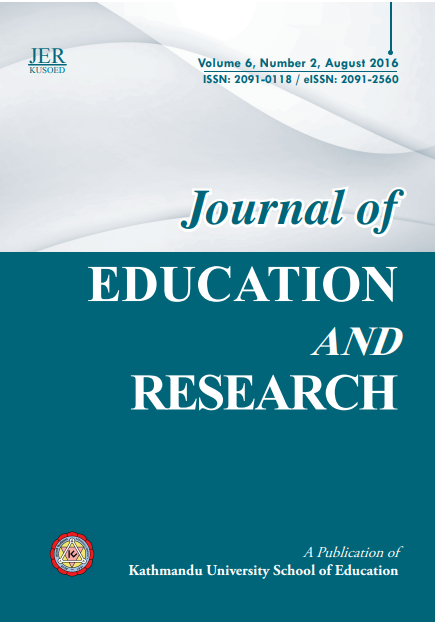A Philosophical View on and a Technical Approach to Leading a Learning Organization
Keywords:
Learning Organization, Organizational Learning, Lifelong Learning, Organizational Citizenship Behavior, Transformative LeadershipAbstract
From a philosophical viewpoint and a technical perspective, this paper claims that learning organizations are the most effective organizations which 1) demonstrate transformative leadership practices, 2) work to instigate a learning-based organizational environment, and 3) continually promote learning behavior at all levels, to name a few of its key characteristics. Like other organizations, educational organizations would exhibit individual behavior, collective actions and interactions which define their norms and values. The purpose of this paper is to explore: what it means to be a learning organization; what are and should be its key characteristics; and how to create a learning organization. The findings of this study show that learning organizations are characterized by a collective struggle to achieve organizational goals, where culture and climate concerns become paramount, and learning is viewed as part of everyone’s business regardless of individual differences, roles, and responsibilities. It is the leadership in a learning organization that builds the culture and climate conducive to bring about transformation at individual, organizational and societal levels with the concepts of lifelong learning.




